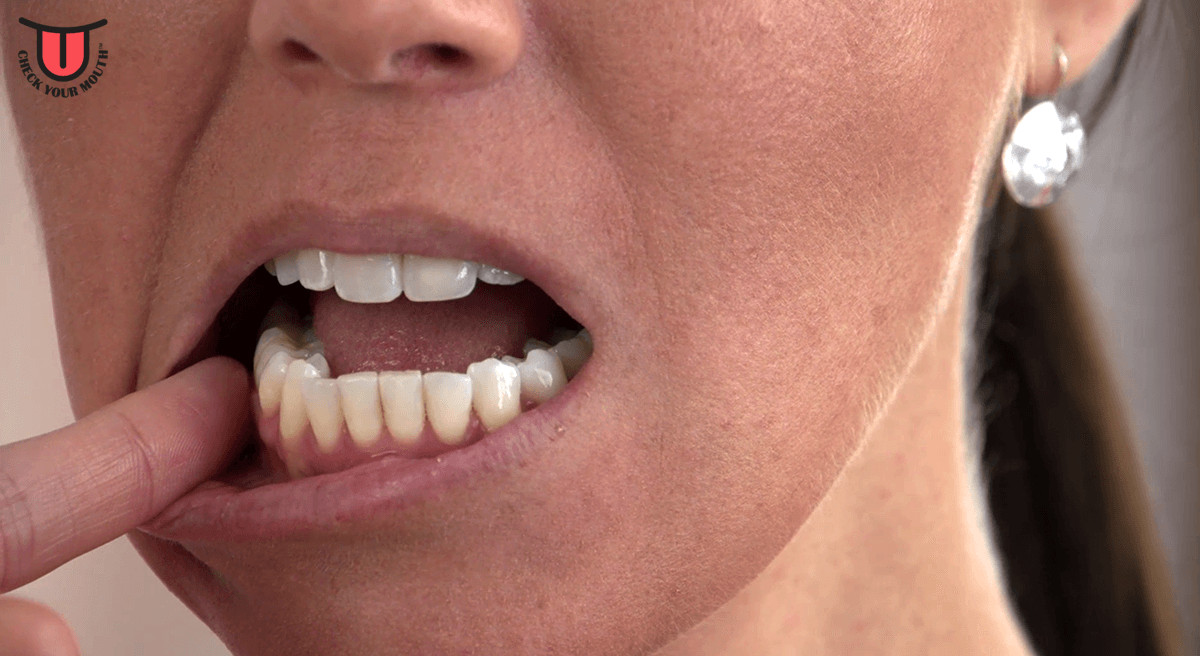
May be uniocular or septated may mimic a dentigerous cyst Usually occur in the posterior body and ramus of the mandible May be associated with an unerupted tooth Key radiological findings to consider in differential diagnosis on an orthopantomogram 8Īssociated with the crown of an unerupted toothĬommonly around posterior mandibular body and ramus, centred above the mandibular canal Therefore, investigations should be swiftly coupled with referral specialist advice should be sought early via referral to a local paediatric oromaxillofacial or plastic surgeon for comprehensive multidisciplinary assessment, further investigations such as computed tomography or magnetic resonance imaging and biopsy. An orthopantomogram may also be a useful initial radiological tool (Table 1), but interpretation and official reports may delay diagnosis. Before referral, initial ultrasonography can identify soft tissue or bony involvement. Other known factors include trauma, genetic predisposition and endocrine factors related to hormonal changes.Ĭlassically, a patient may present to the GP with a painless enlarging mass. The patient had a familial inheritance of FAP, which was a key component in the differential diagnosis and workup. 4 Desmoid tumours are extremely rare and present with two peaks: age 6–15 years and 40 years. 3 Often associated with genetic mutations such as adenomatous polyposis coli, it can manifest intra-abdominally and extra-abdominally from the extremities, head and trunk. What is the prognosis for this condition?Ī desmoid tumour is a soft tissue tumour often arising from musculo-aponeurotic structures that has a tendency for local invasion rather than metastasis. What is the appropriate management of this condition? What is the natural history and aetiology of desmoid tumours? Posteroanterior radiograph demonstrating translucent lesion of the left body of mandible involving the tooth germ The patient was referred to a tertiary centre and underwent a multidisciplinary assessment that included a review of medical, dental, allied health and surgical disciplines, and confirmed the diagnosis of desmoid tumour.įigure 1. 2Ī posteroanterior radiograph was ordered to visualise the lesion (Figure 1). 1 Dentigerous cysts are odontogenic cysts that are associated with an unerupted tooth and are the most common paediatric cystic lesion of the jaw. Although uncommon in the paediatric population, cysts appear to be more common than in adults.

Primary jaw lesions can be classified into odontogenic cysts (epithelium produced during tooth development) and non-odontogenic cysts (arising from facial sutures during embryonic development). Other considerations should include lymphoma, soft tissue and other extraosseous sarcomas such as rhabdomyosarcoma and osteosarcomas, and malignant bone tumours. Initial examination should first exclude lymphadenopathy. What differential diagnoses should be considered? The floor of the mouth and palate was normal. Her deciduous dentition had no caries, mucosal changes, intra-oral swellings or lymphadenopathy.

Her cranial nerve examination was normal.
Movable lump in cheek by jaw skin#
She did not taken any medications and had no other social or medical history.Ĭlinically she had a firm immobile swelling of the left mandibular body measuring 12 × 9 mm with no soft tissue induration or skin changes. She had a genetically confirmed past medical history and family history of familial adenomatous polyposis (FAP).

The patient did not complain of pain, mastication or airway compromise, paraesthesia or abnormal facial movements. The child had not noticed any change however, her mother had noticed a swelling over the past week with no antecedent trauma. A girl aged 2.5 years presented to her general practitioner (GP) with a firm lump on her left jaw.


 0 kommentar(er)
0 kommentar(er)
